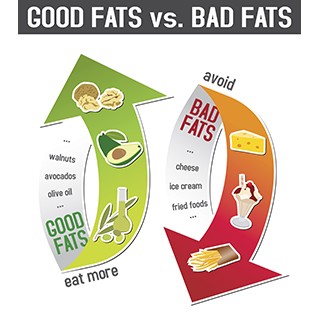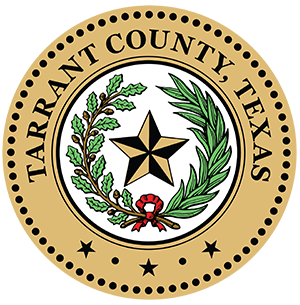Heart Healthy Diets
Heart Healthy Diets

Heart disease is the leading cause of death for both men and women. About half of Americans have at least one risk factor for heart disease. The more manageable risks factors for heart disease are high blood pressure, high cholesterol, and smoking. We have no control over some other risk factors such as age, family history, and gender. However we can change some risk factors like an unhealthy diet, lack of exercise, and smoking to help improve our overall health while reducing the chances of cardiovascular disease.
Some other risk factors for heart disease include:
- Diabetes
- Overweight/obesity
- Excessive use of alcohol
Approximately 1.5 million heart attacks and strokes happen every year in the United States. Although not all risk factors can be changed, a healthy lifestyle will help to reduce the overall risk for heart disease and strokes.

There are certain things you can do in order to manage your risks. These changes, over a period of time, will help minimize your chances of heart disease and stroke.
- Quit Smoking
- Drink less alcohol
- Exercise
- Eat more friuts and vegetables
- Control your portions
- Check the food labels
- Manage your stress
- Use at least as many calories as you eat
- Eat a variety of foods from all the food groups

A healthy diet is one of the most effective ways to reduce the risk for developing heart disease. There are certain things a heart healthy diet will include that will help you have a healthier life while preventing some diseases.
Heart Healthy diets have some things in common.
They include:
- Fruits and vegetables
- Whole grains
- Low fat dairy
- Poultry without skin
- Fish-containing omega 3 fatty acids
- Vegetable oils such as canola, olive
- Nuts and seeds
They limit:
- Sugar-filled beverages
- Red meats
- Refined flour products
- Lard
- Cream sauces
- Fat, saturated and trans fats.
- Solid fats

The DASH (Dietary Approach to Stop Hypertension) diet was developed by the National Institutes of Health in order to help reduce blood pressure, a major risk factor for cardiovascular disease. This approach does not include medications, although one should continue to take any medications as prescribed by their healthcare provider.
DASH is more than a diet , it is a change of lifestyle that encourages the reduction of sodium in our diet. It encourages us to eat foods that are rich in nutrients that naturally help to lower blood pressure. Research has shown that the DASH diet can reduce the risks of developing other diseases such as cancer, stroke, kidney stones, diabetes and heart failure. The Diet provides key nutrients such as calcium, magnesium, and potassium which are connected to lower blood pressure. Approximately 77.9 million American adults have high blood pressure which means that 1 in every 3 people have this silent killer.
The wonderful thing about this eating plan is that it does not require any special foods and or hard to follow recipes. It requires a specific number of servings from all food groups. This diet includes fruits and vegetables, low-fat/non-fat dairy, lean meats, fish and poultry, nuts, beans and whole grains. The following images gives you an idea of how much you need to eat of each food group.


Enjoy these sample DASH menus.

 TARRANT COUNTY, TX
TARRANT COUNTY, TX

 Chronic Disease Prevention
Chronic Disease Prevention